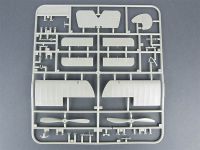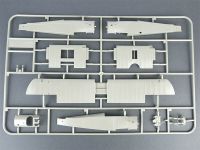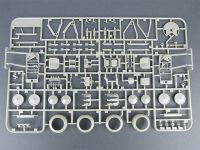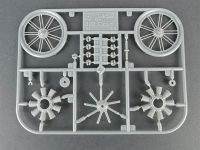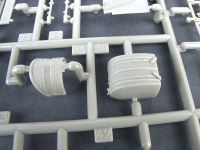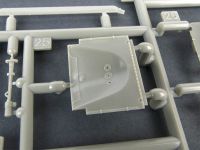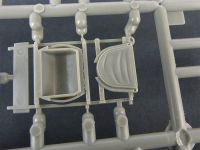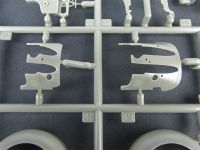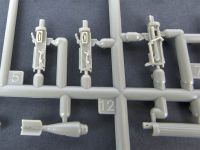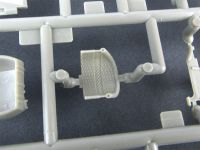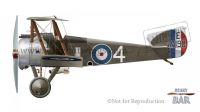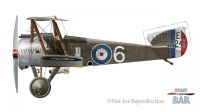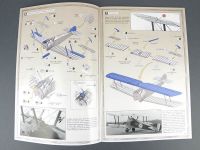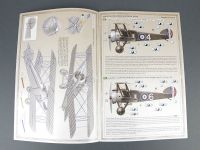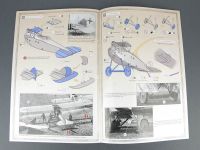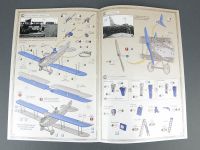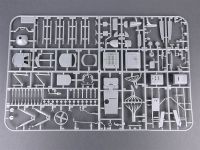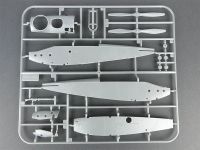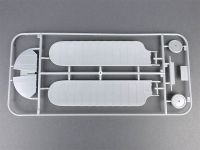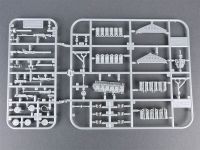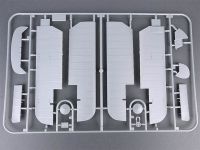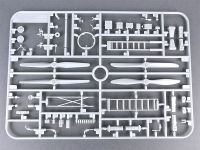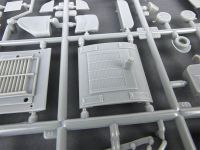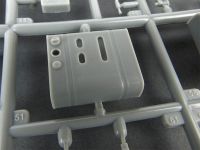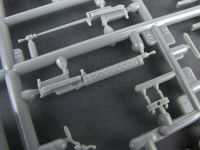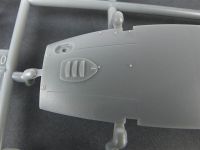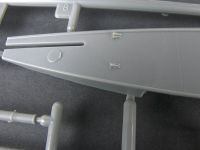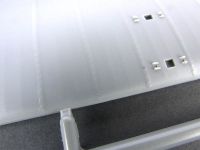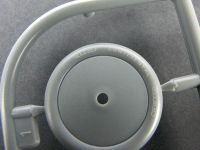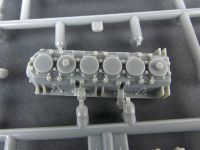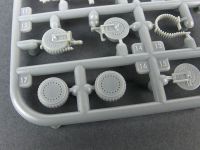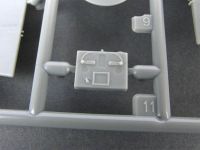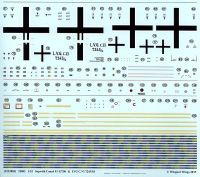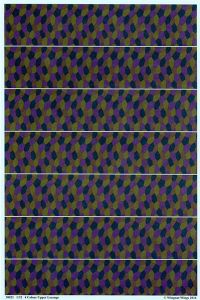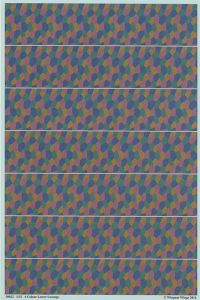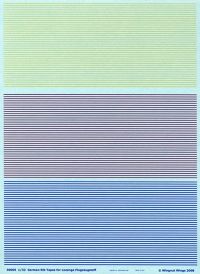Wingnut Wings | #32803: Sopwith F.1 Camel & LVG C.VI Duellists
Reviewed by Kevin Futter
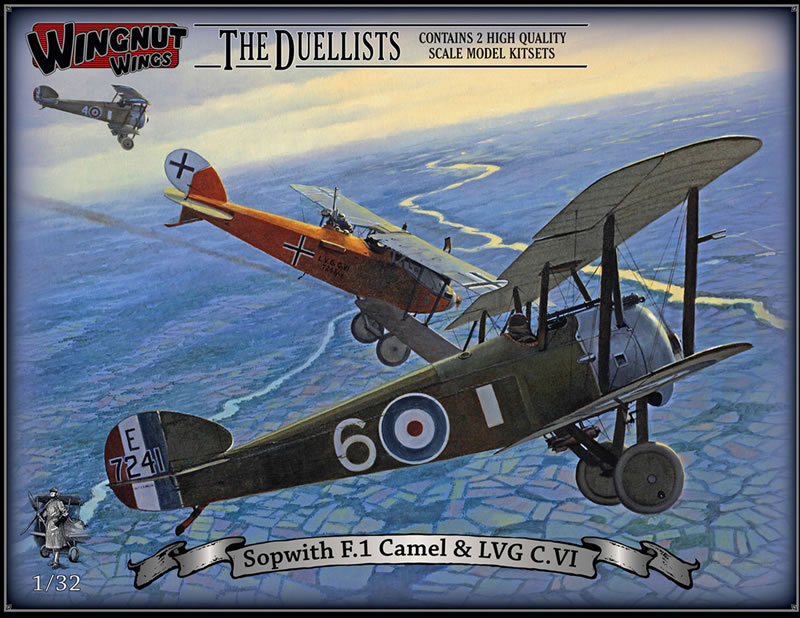
WWI aircraft modellers have been begging New Zealand firm Wingnut Wings to add the iconic Sopwith Camel to its range of 1/32 scale WWI aircraft kits since the company's inception. The official response has always been that suitable kits already exist, and that the company had no desire to duplicate existing kit subjects. In early 2016, that policy was quietly brushed aside with the announcement that Wingnut Wings was indeed developing a Sopwith Camel kit, and modellers the world over rejoiced.
Fast forward to 2017, and now we have not one Sopwith Camel from Wingnut Wings, but six! The boxing we're taking a look at here (kit #32803) is a dual kit from the company's The Duellists range, featuring a Sopwith F.1 Camel bundled with the otherwise out-of-production LVG C.VI kit. Quoting from the Wingnut Wings website:
Includes 2 models; 1x Sopwith F.1 Camel (26cm x 18cm) & 1x LVG C.VI (40cm x 23cm) - 4 high quality Cartograf decal sheets with markings for Sopwith F.1 Camels E7190 or E7241 from 4 Sqn AFC and LVG C.VI 7243/18 of FA 13 including 4 colour lozenge and rib tapes - 427 high quality injection moulded plastic parts - Optional diorama accessories - Highly detailed 18 part 130-140hp Clerget 9B/9Bf and 21 part Benz Bz.IV engines - 15 photo-etched metal detail parts - Fine in scale rib tape detail- Full rigging diagrams.
This is my first encounter with one of the Duellist kits from Wingnut Wings, and so I wasn't sure exactly what to expect. The set comes in a large, flat box that feels relatively flimsy compared to other releases from the company. Inside, though, it's packed to the brim:
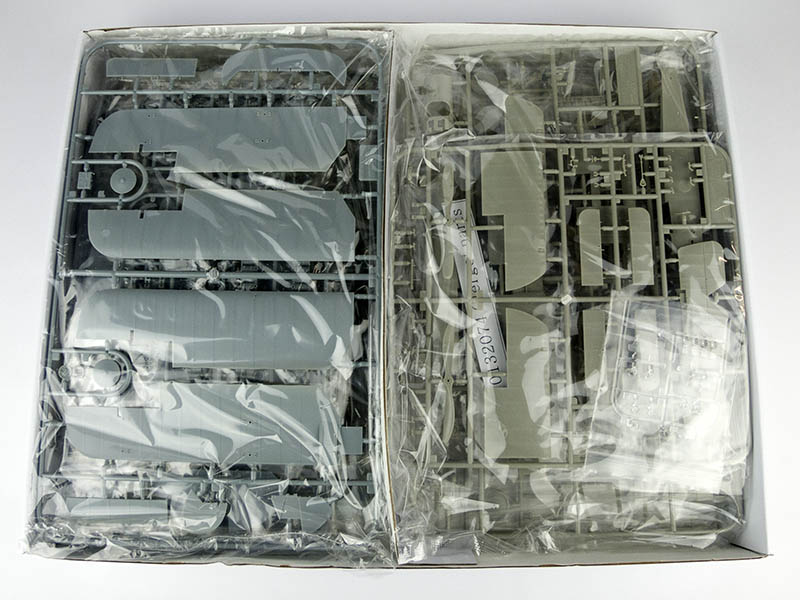
You'll notice that each of the two kits is moulded in a different colour of plastic. The C.VI is on the left, and the Camel is on the right (though there is a C.VI sprue underneath bag of Camel sprues on the right). Let's take a look at the contents.
Sopwith Camel F.1
The Sopwith Camel kit included in this set is #32074 "Clerget", and as the name implies, it includes a dedicated sprue for the Clerget engine. We've recently reviewed #32071: Sopwith F.1 Camel "Le Rhône", so it's worth checking that out for a comparison with a dedicated Camel boxing.
The Plastic Parts
The plastic parts are comprised of only four sprues, moulded in the familiar mid-grey plastic. This is the fewest I've seen in a Wingnut Wings kit. Nevertheless, the level and crispness of detail is well up to the expected standard from this company, which is among the best in the business.
There's no sign of flash or moulding flaws anywhere, and no ejector pin marks in obvious or awkward places.
Sprue E is dedicated to the Clerget engine, and is a generic insert that dates back to 2011, and is moulded in the same coloured plastic as the companion C.VI kit.
The parts map on page 2 of the instructions indicates a surprising number of parts marked not for use. These are clearly intended for the other available releases of the kit, so you'll need to pay attention when removing parts from the sprue, lest you choose the wrong one.
Note that the kit includes two types of centre sections for the upper wing. Only part B5, with the narrow window cut-out, is applicable to the schemes supplied in this kit.
The fabric effect on the wings is very well done, along with the associated rib tape detail. Note the incredible moulded-in recessed detail:
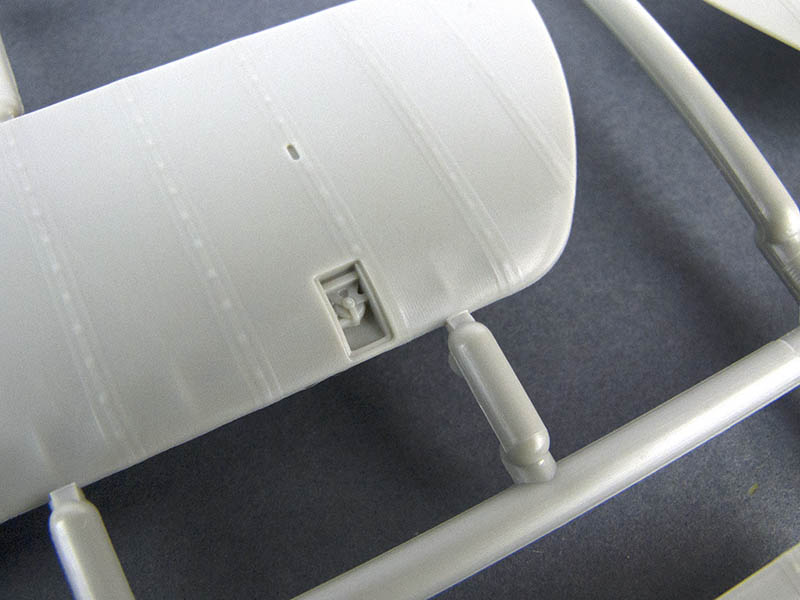
The moulding is so good that you can even read the writing on the tyres:
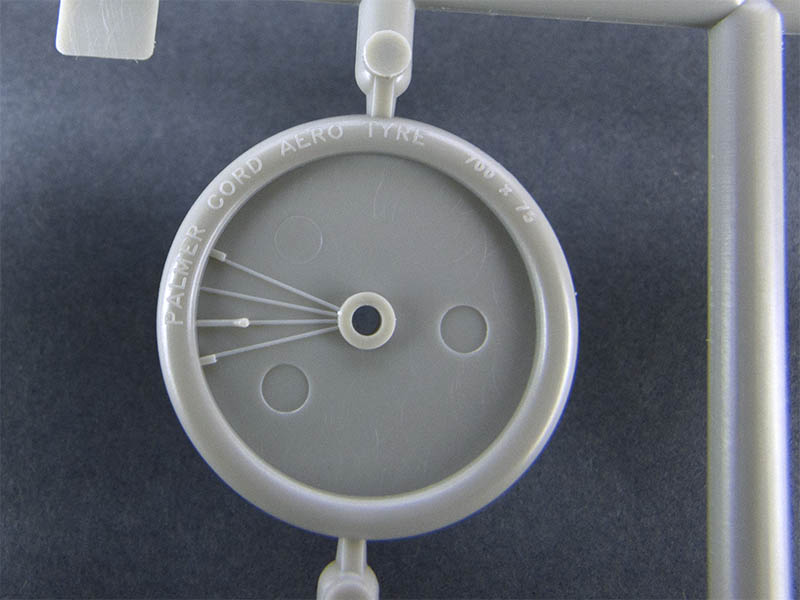
Note how the ejector pin marks are cleverly positioned to be hidden by the wheel covers. This level of thoughtfulness in kit design is a hallmark of the Wingnut Wings approach.
The quality of the parts in this kit is further evidenced in the close-up photos below:
The Clear Parts
The clear parts are furnished on one small sprue:
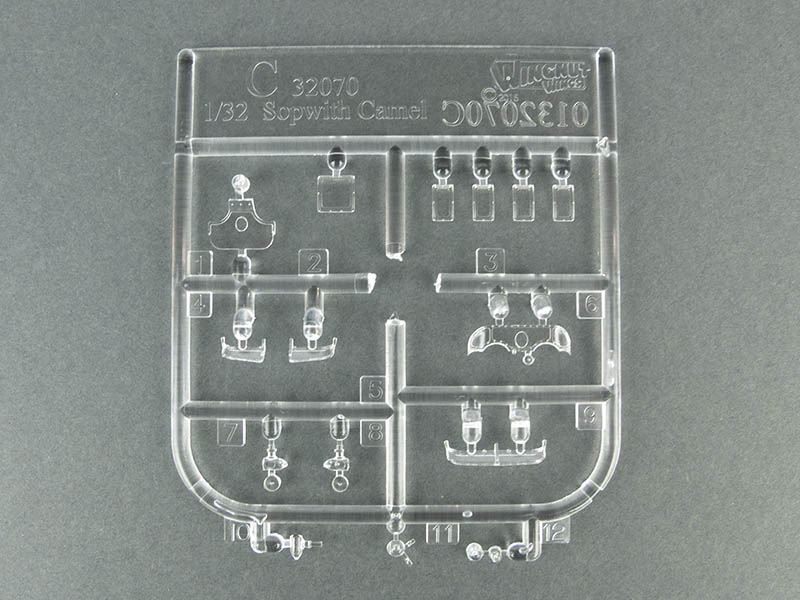
Several of these are marked not for use in the parts map, but all are crisply moulded and free of any visible flaws. In a departure from previous releases I've seen, the clear parts sprue in this kit is housed in a resealable plastic bag, rather the more standard vacuum-sealed type seen in previous releases. This is a small but positive improvement, I think.
Photo-etched Fret
Housed inside the plastic bag that contains the decals is a small photo-etched fret that covers both kits:
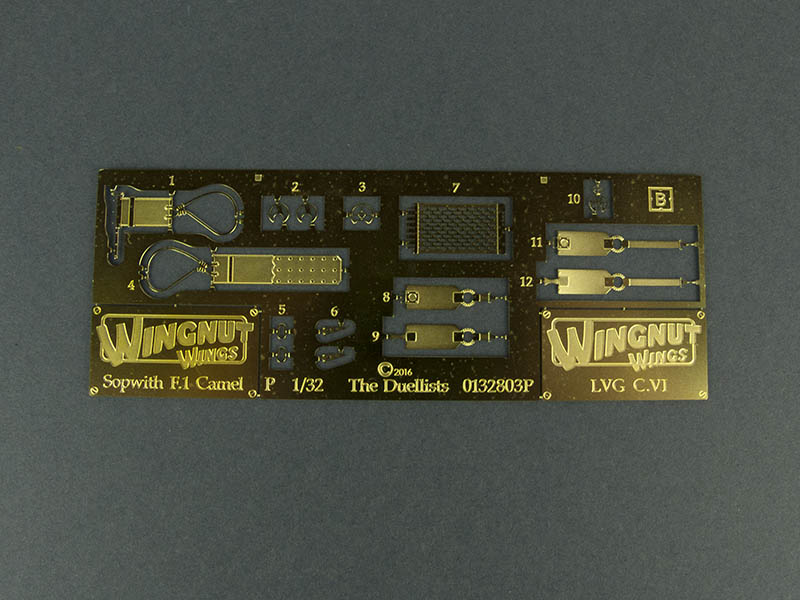
This consists mainly of seat belts and sundry cockpit details.
Decals and Markings
The decals are contained on 4 large sheets, though only a small portion concern the Camel kit:
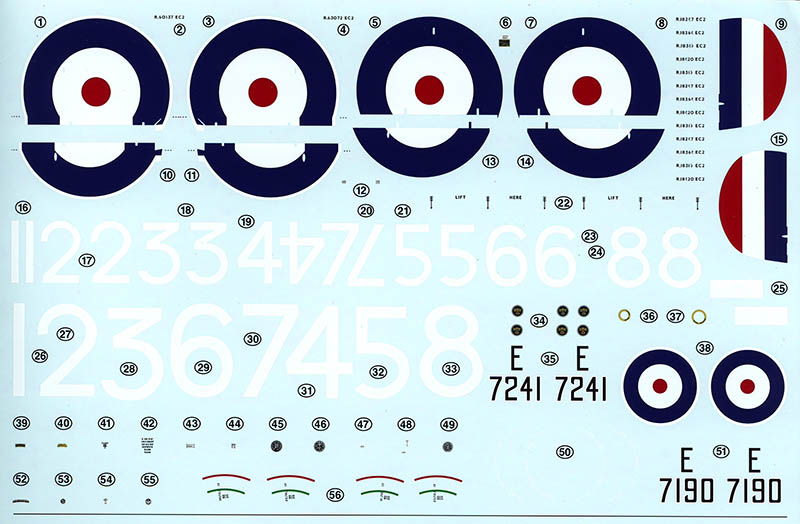
These are exquisitely printed by Cartograf in Italy, and exhibit perfect registration, finely-printed details and no obvious signs of translucence.
The sheet features markings for only two aircraft, both Australian Flying Corps:
- Sopwith F.1 Camel E7190, HN Kerr (1 shared victory), B Flight 4 Sqn AFC, 9 October 1918
- Sopwith F.1 Camel E7241, VH Thornton (2 victories, 1 shared), B Flight 4 Sqn AFC, 9 October 1918
The Instruction Booklet
The instruction booklets supplied in Wingnut Wings kits have become legendary, and with good reason. The production values are equivalent to a glossy magazine, and to refer to them as mere instruction booklets does them a grave disservice.
Being a Duellist boxing, the instructions for both kits have been combined into a single, 30-page booklet:
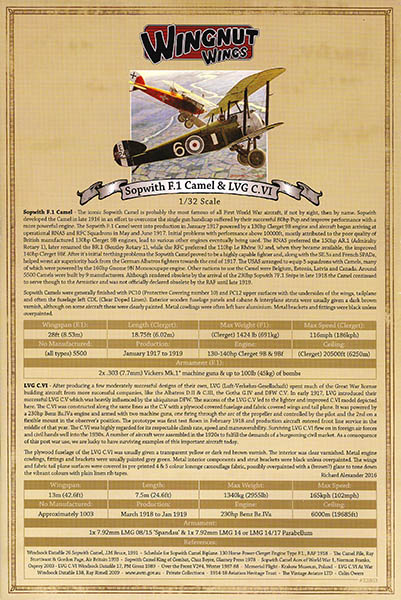
The cover features a potted history of each type, including a specifications table for each. This material is also available on the Wingnut Wings webpage for this set.
LVG C.VI
Wingnut Wings first released the LVG C.VI kit (#32002) back in 2009, and numerically it was only the company's second release. We reviewed it here shortly after. The standalone version of the kit has long been sold out, and only obtainable from the second-hand market at eye-watering prices. Now it's available again, but only in this Duellist boxing. Let's take a look at it.
The Plastic Parts
In so far as I can tell, the plastic parts haven't changed since the original release, and it's a testament to the quality of the moulding and detailing of Wingnut Wings kits that this early design is on par in those areas with the brand-new Camel kit it's paired with.
Just as with the Camel kit, the moulding quality is uniformly excellent, with no flash our moulding flaws in evidence:
The Clear Parts
Once again, the clear parts are furnished on a single small sprue, containing a single, crisply-moulded part:
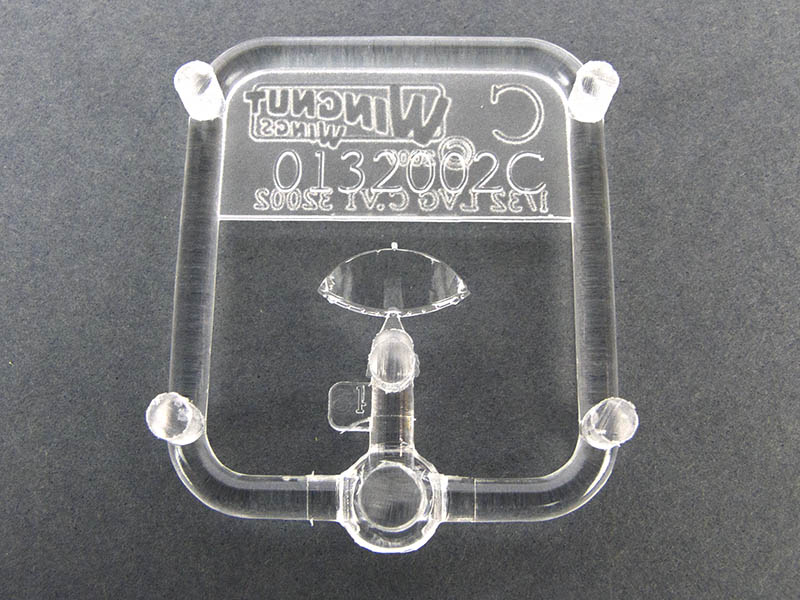
Decals and Markings
As mentioned earlier, the decals for both kits are combined on four large sheets, but the majority of them are dedicated to the C.VI. This includes two sheets of lozenge decals, and one sheet of rib tape decals. The individual aircraft markings share the sheet with the Camel markings:
I was surprised to see that only a single markings option is included:
- LVG C.VI 7243/18, Sgt. Greyer & Lt. Köhnke, Flieger Abteilung 13, 9 October 1918
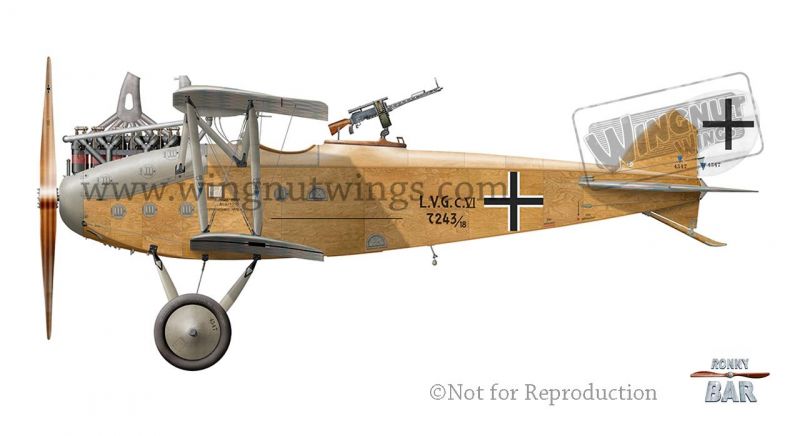
The reason for this became clear once I'd read the notes for this scheme in the instructions. Being a Duellist set, the idea is to represent an actual combat incident between the featured aircraft, and so it is with this set. The two Camel schemes included, piloted by Thornton and Kerr respectively, engaged this particular C.VI in combat on 9 October 1918, and thus, markings for all three aircraft are included.
Conclusion
This is a canny marketing move from Wingnut Wings to bundle an out-of-production kit with the new and much sought-after Camel this way. It's the perfect solution for those modellers who missed the original C.VI release, but also plan to purchase a Camel kit. Sure, the markings options are limited, but there's a considered reason for that, and I'm sure other options could be found if those included don't appeal. And personally, I like the way these Duellist releases represent a specific historical encounter between the included aircraft.
More importantly, you get a pair of terrific kits that represent everything we've come to expect from Wingnut Wings releases: exceptional moulding quality, excellent detail, superb decals and industry-leading documentation. What more could you ask for? Any modeller wishing to build a either kit will be well satisfied with this Duellist set, and I highly recommended it.
Thanks to Wingnut Wings for the review sample.
© Kevin Futter 2017
This review was published on Tuesday, May 02 2017; Last modified on Tuesday, May 02 2017

